Spring is literally just around the corner and already we’re seeing tulips turn up in the supermarkets, daffodils dancing in the local parks and bluebells blooming in the woodlands. These flowers may be spectacular enough, but come the spring, gardens and flower fields throughout Europe will be awash with colour. These six, in particular, will simply blow you away:
Keukenhof, Netherlands
You may have heard the song, Tulips from Amsterdam, but it’s the tulips a 40-minute drive away from the Dutch capital, in the town of Keukenhof, that you’ll really want to share with that special someone. More than seven million tulips, daffodils and hyacinths fill the 32-hectare park in a riot of colour and fragrance. In 2017, the gardens will open from March 23rd to May 21st and return to their roots with the theme, Dutch Design. Visitors can take eco-friendly boat trips around the mass of flowers, or make like the locals and cycle through the stunning fields.
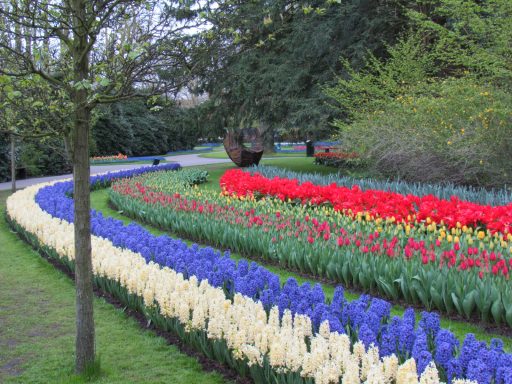
Kew Botanical Gardens, London
Kew is one of the most important botanical gardens in the world, and the great news is that it’s on our doorstep. The UNESCO World Heritage site is a must visit and within its 326 acres of landscaped grounds, conservation and horticulture come together. In the Bonsai House, visitors will find trees that are more than 150 years old, whilst the newest installation, The Hive, explores the incredible journey of the honey bee. In the spring, the golden laburnum arches and waterlily house are two key highlights.
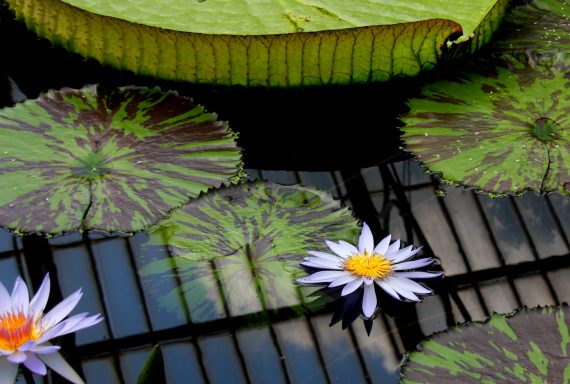
Monet’s Garden, Giverny
We can’t mention waterlilies without Monet springing to mind. Waterlilies, his series of 250 oil paintings all depict his Japanese-inspired water garden in Giverny. It was here the artist lived out the last thirty years of his life, famously painting the water-based scenes whilst suffering from cataracts. You’ll instantly recognise the Japanese bridge, which the artist himself commissioned and the trailing wisterias planted by his own hands. In front of Monet’s home is a second garden, the Clos Normand, which is arguably at its most scenic during the spring.
Sunflower Fields, Tuscany
If spring is just a little too soon for you, why not consider viewing the sunflower fields of Tuscany in Northern Italy? Sunflower season lasts from June through to August, and although July is typically the peak time to visit, it really does depend on the weather as to when the flowers bloom. Sunflowers are a rotation crop, which means they need to change location every year – so pinning the exact spot of the fields down isn’t easy. However, the town of San Gimignano is usually a good place to start, as is the main road that runs between Florence and Pisa.
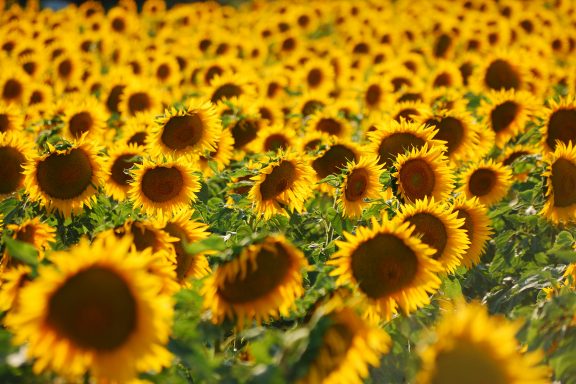
Lavender Fields, Provence
Lavender is another late blooming flower, with lavender season in Provence typically running from June to August. One of the prettiest places to view the purple haze is Notre-Dame de Sénanque, a Cistercian Abbey where the fields extend right up to the front door – due to the nature of the building, you’ll need to make reservations in advance. Whilst in the region, you may also wish to visit a distillery, to see how essential oils and floral waters are taken from the plant. Les Agnels which features a sensory and tasting bar comes highly recommended, as does the Lavender Museum in Cabrieres D’Avignon, where local gardeners still bring in their home supply to have it distilled by the traditional 1900’s method.
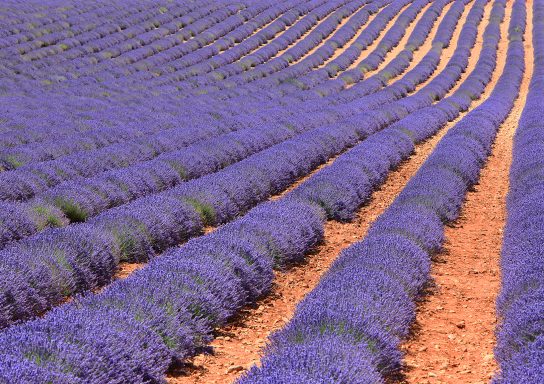
La Concepción Gardens, Malaga
La Concepción Gardens on the outskirts of Malaga is unique because it’s one of the few gardens to exist within Europe that features subtropical climate plants. With over 2000 different species and a history spanning over 150 years, visitors here will find the best collection of palm trees in Europe and an impressive array of aquatic plants. During the spring the Chinese wisteria starts to bloom and the purple flowers are a spectacle that can’t be missed. Whilst it would take six hours to view the entire gardens, there are several tourist routes covering the highlights.
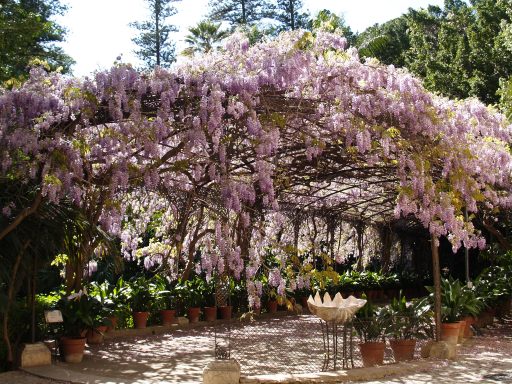
Where is your favourite place in Europe to view the spring flowers? Why not send us your tips below or join in the conversation on Twitter!
Images by Lin Mei, IMBiblio, neiljs, Marco Pagni, Mike Slone and Daniel Sancho via flickr.


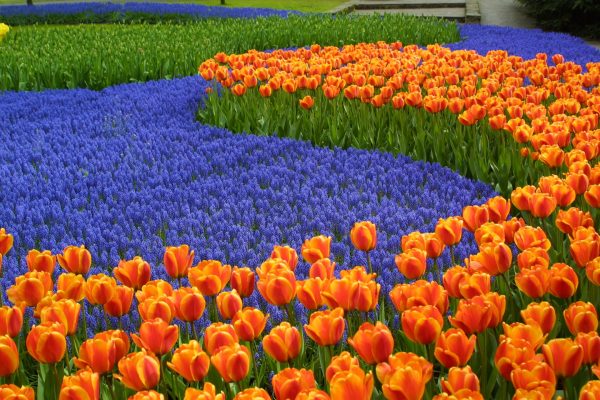



Comments are closed.